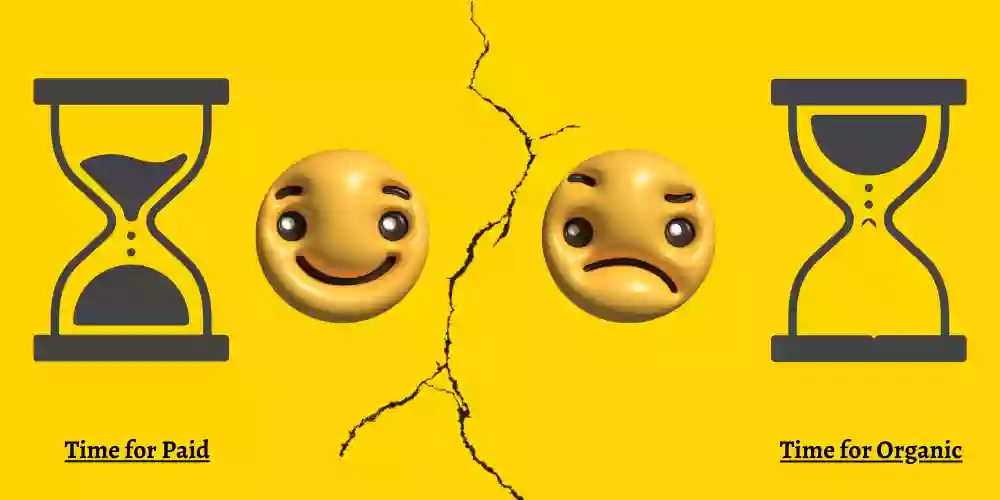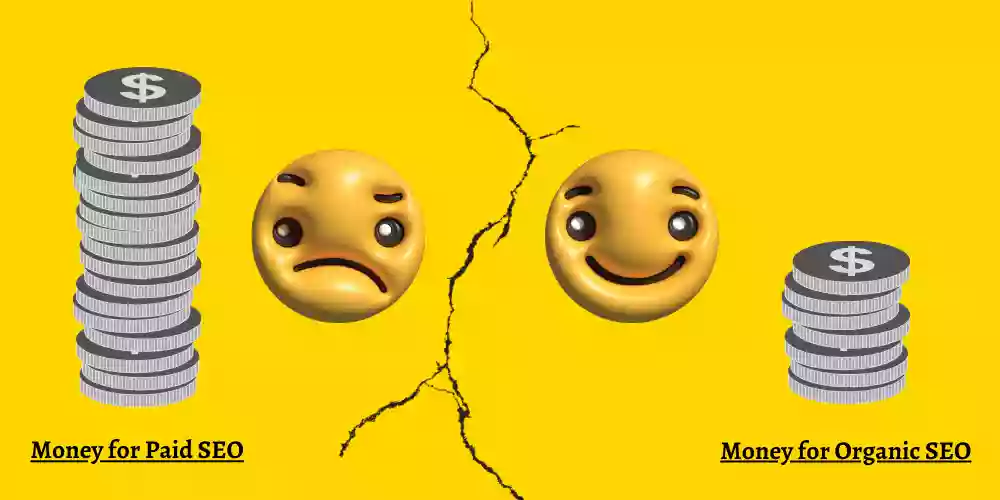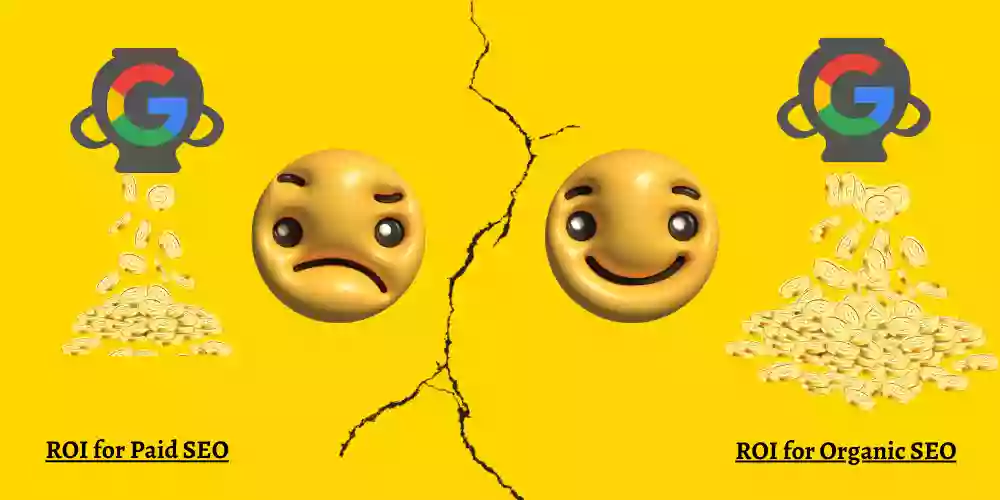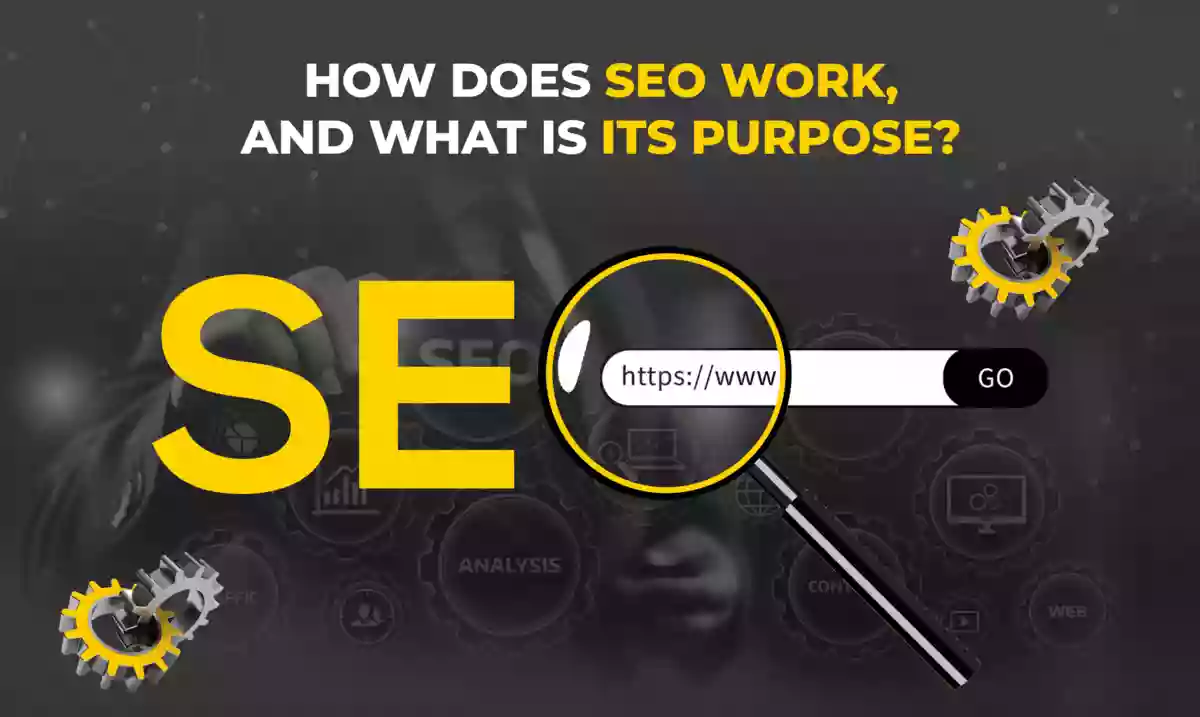What technology do search engines use to crawl websites
What technology do search engines use to crawl websites?
Have you just begun your SEO journey? It's no secret that SEO can help your website rank higher and drive traffic, but you don't know exactly how it works. Here you'll find everything you need. To learn more about SEO for digital marketers, keep reading.
Definition of Search Engine Optimization (SEO)
To understand SEO, let's ask an obvious question: what is it? Search engine optimization, also known as organic or natural search results, is the process of getting traffic from search engines for free. This process helps to up your web pages in search results.
There are many different activities involved in SEO, including:
-
On-page and off-page activity
-
Finding relevant keywords that have a high potential for search traffic
-
The Developing and optimization of high-quality, user-friendly content
-
submitting relevant links to high-quality sites
-
Measuring the results
-
According to result making strategy
Differences between paid and organic search
It would help if you understood the difference between organic, natural, and paid searches. The main differences are as follows
Position
Paid position: You can easily reach a place at the top, in which there is no need to take more effort to achieve the position
Organic position: You can't easily reach a place at the top, and you will have to take more effort as compared to paid SEO

Time
Time for paid: In paid SEO, you can overgrow. This process doesn't need more time to rank at the top, but your rank will be removed automatically when your campaign ends.
Time for organic: In organic SEO, you can't grow fast, this process needs more time to rank at the top, but when you reach the top position then, you can't downrank quickly like a paid process

Money
Paid SEO: In paid SEO, you will have to spend money to rank up your webpage. After you finish your account balance, the webpage will automatically be removed from the rank.
Organic SEO: In which there is no need to spend money. It is free for a lifetime.

ROI
Paid SEO: The rate on investment is less as compared to organic SEO because, in paid SEO, you have already spent money for top rank
Organic SEO: When you rank in the top 3 positions at that time, you get good leads, and this is a free process, so the rate of investment is high as compared to paid SEO

Share of traffic
Approximately 20% to 30% of searchers click on paid results, and 70% to 80% of searchers click on SEO results. However, it is the organic results that receive the most clicks.
Make your website SEO-friendly with the best SEO Company in Nashik
The three pillars of SEO
-
Technical Optimization: Technical optimization involves making changes to your site that improve SEO without affecting content. This optimization is only for Google crawlers, not for Google users.
-
On-Page Optimization: on-page optimization is an essential process in SEO. This process has a checklist for completing all tasks like competitor analysis, keyword recherche, content optimization according to keywords, the title for every webpage, description for every webpage, headings (H1), headings (H2), image optimization, image alt text, webpage loading speed, and internal links.
-
Off-Page Optimization: Off-Page Optimization includes activities that take place outside your site to improve the search engine rankings of your site. Backlinks play a significant role in building a site's reputation
How do search engines work?
Most search engines follow this process by crawling, indexing, and ranking. This process started when you submitted your website at the webmaster toll. Every search engine has different webmaster tolls, but they follow the same process
Step 1: Crawling
When you submit your website at the webmaster toll, that crawler checks out the robot.txt file, this file gives instructions to the crawler on which web pages should crawl or which pages should not. The sitemap shows all page's links for easy crawling. In this process, crawlers (search engine robots) read all the data on your website and also check all internal links on webpages
Step 2: Indexing
When the crawler reads all data from webpages, now the crawler checks all algorithms given by search engines like duplicate content, spammy content, and sensitive content. If the content is pure (no copy content), then the crawler index the data in the data store. Otherwise, the crawler reads data but does not index it. At the time of indexing, if the crawler faces any problem, then the webmaster toll shows the issue and how to solve an issue
Step 3: Ranking
After completing the indexing process, the crawler compares your web pages to related ones. Crowler checks the following parameters
On-page SEO
Webpage loading speed
Content Quality
Content quantity
Webpage bounce rate
A quality backlink for the webpage
Domain Authority
Page Authority.
